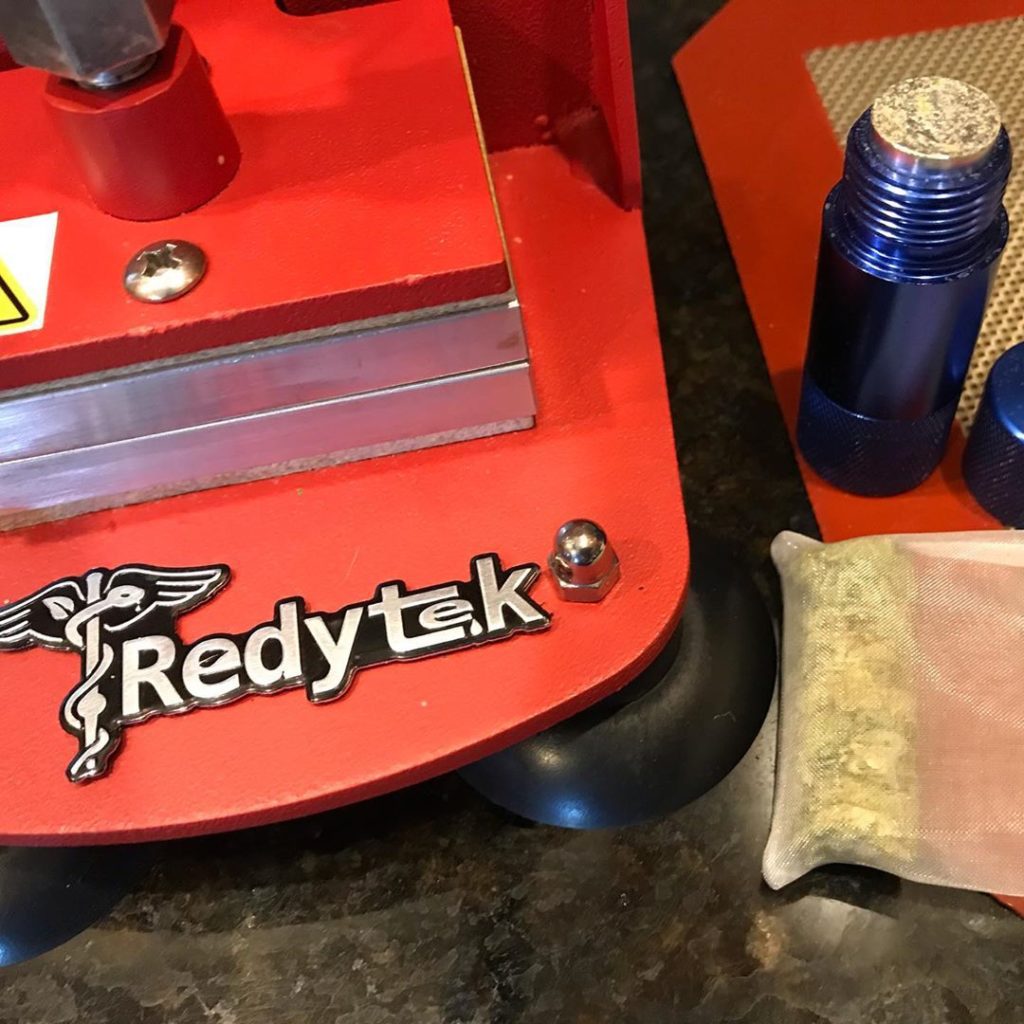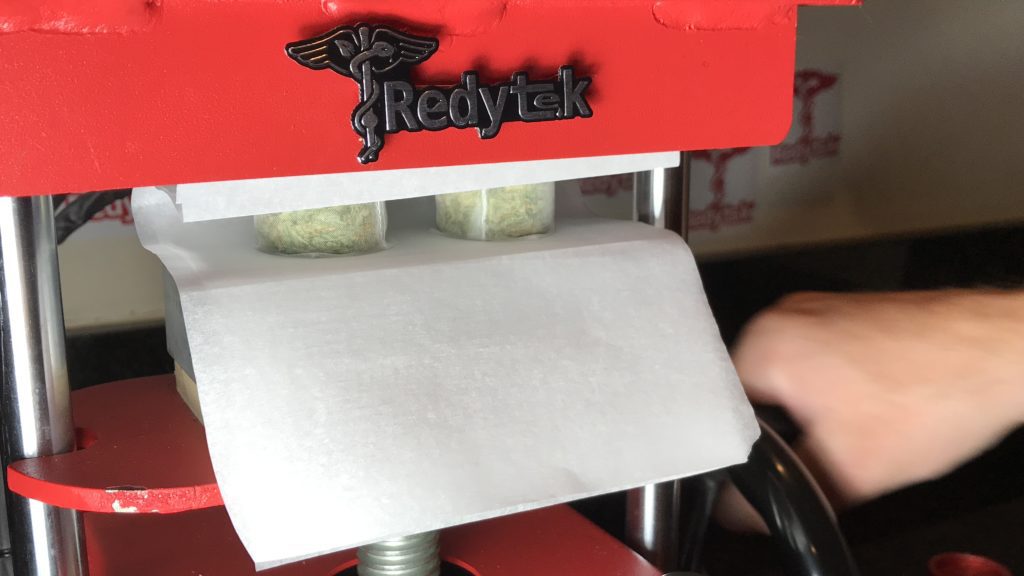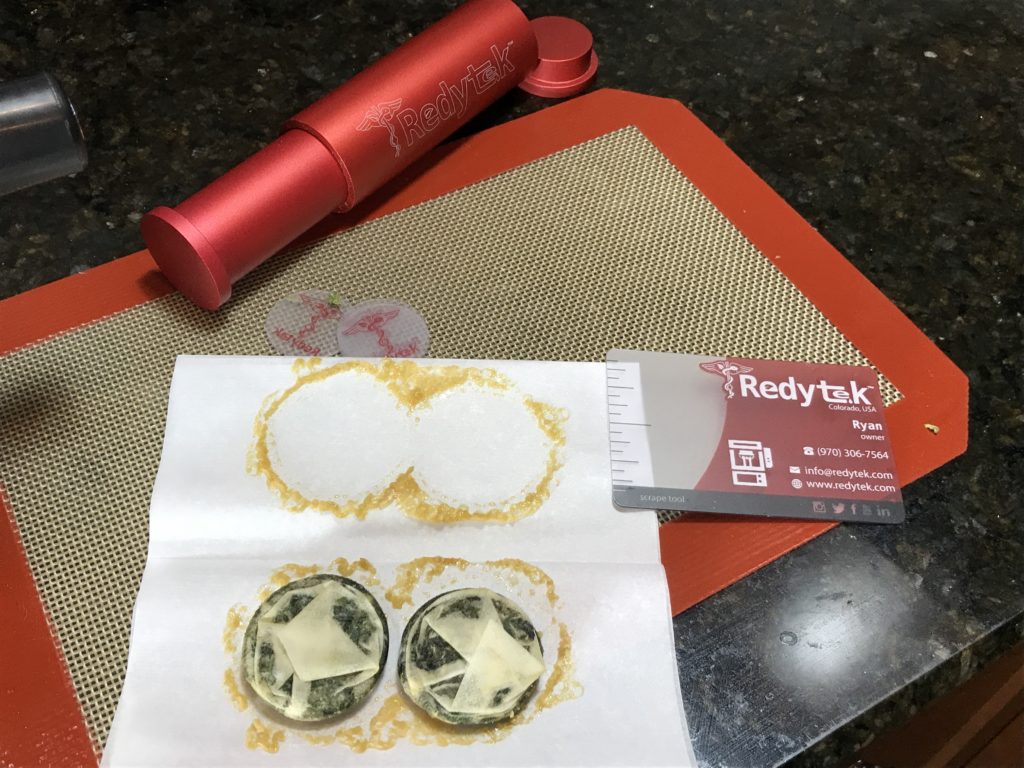Press Juneau Dispensary Material into Solventless Flower Rosin
Juneau Medical and Recreational dabbers make solventless rosin concentrates at home!
Are you aware that the purchasing of Medical and Recreational cannabis is now legal in Juneau Alaska?
Dispensaries in Juneau are open for business, how do you choose the dankest dispensary material for pressing into flower rosin? We have a few tips for you if you do decide purchasing material from a Juneau dispensary to make into solventless concentrate is the route for you.
Sometimes it’s not possible to grow your own, or maybe you don’t yet have a space to grow. That’s ok, dispensary material will work, if you take proper preparation and own a rosin heat press. Heat and pressure are all it takes to extract the flavorful trichomes from the plant material.


First and foremost, make sure you are going to a reliable dispensary in Juneau. You want to ensure you are speaking with an educated bud tender. This is when online reviews are your good friend. 4 star and greater rankings ought to be enough.
But don’t be afraid to shop around the shops in Juneau. Different strains impact many people in various ways. Try strains with cannabinoids, terpenoids, and flavonoids that work best for you. Then stick with them. There’s no shame in smoking the same strains every day.
Talk with your Juneau bud tender. Ensure they offer strains you like. Ask if they will continue to offer them down the road. There is great peace of mind in knowing how your medication will treat you. The very same impact each time.
Ask you bud tender when their Juneau crops harvest was. Older plant flower that has actually been sitting around longer, will likely produce a darker rosin. Effective, however not as delicious as you might expect with fresher material.
Examine the moisture content of your Juneau dispensary product. Is it dank, full of crystals and sticky when squished? Has it been handled much? Was it properly Saved in containers and burped regularly? Proper cure is important for high quality flower rosin.
Plastic bags will steal resinous glands from your flower by adhering to the bag. Material without frosty white crytals, will not produce as sizable of a return.

Material needs to be re-hydrated prior to pressing. Moisture can be added to product many ways. Add moisture to a sealed container with the material sealed inside. Within 12-36hrs product will be damp enough for effective rosin returns. Bring your flower up to 62% relative humidity. Do this the day before pressing. Don’t store material long term at high humidities.
What is the scent of the material you will be utilizing? Solventless extraction keeps tasty terpenes. The aroma of the plant comes from these terpenes. These terps are then transferred through with the oil concentrate. The better the scent, the bigger the taste of the concentrate.
Utilize a 40x microscopic lense to examine the flower’s resinous glands. Are the trich’s swollen and cloudy? Have some turned amber? Does the flower appear to have a great deal of white crystals on it? You recognize the saying ‘fire in, fire out’, well it’s not a saying. It’s the reality!! It take high quality starting product to make fire rosin.
Something to consider when selecting material for {echo(city)} rosin. Do you desire Indica, Sativa or a Hybrid? Remember once you turn your flower into rosin, it becomes concentrated. Concentrates are much more potent than the flower it came from, 60-90% or greater! The rosin will retain the same properties as the flower, bu stronger. Much stronger.
Pick sativa if you want to remain awake, focused, creative and talkative.
Select indica if you’ve had a long day and want to unwind, ease pain, rest.
Or chose a wonderful hybrid.
Hybrids are a combination of both Indica and Sativa. Discover if the strains is Indica dominant or Sativa dominant or 50/50. Hybrids can impact each private differently. Try out your strain in plant form prior to squishing it into rosin. Learn more about the strain. Get an idea of what to expect. Prior to turning it into a cleaner, more powerful, rosin.
Scroll Juneau Dispensary Map
Find Flower in Juneau to Press into Rosin!
The City and Borough of Juneau, more commonly known simply as Juneau ( JOO-noh; Tlingit: Dzánti K’ihéeni [ˈtsʌ́ntʰɪ̀ kʼɪ̀ˈhíːnɪ̀]), is the capital city of the state of Alaska. Located in the Gastineau Channel and the Alaskan panhandle, it is a unified municipality and the second-largest city in the United States by area. Juneau was named the capital of Alaska in 1906, when the government of what was then the District of Alaska was moved from Sitka as dictated by the U.S. Congress in 1900. The municipality unified on July 1, 1970, when the city of Juneau merged with the city of Douglas and the surrounding Greater Juneau Borough to form the current municipality, which is larger by area than both Rhode Island and Delaware.
Downtown Juneau (58°18′00″N 134°24′58″W / 58.30000°N 134.41611°W) is nestled at the base of Mount Juneau and across the channel from Douglas Island. As of the 2020 census, the City and Borough had a population of 32,255, making it the third-most populous city in Alaska after Anchorage and Fairbanks.[citation needed] Juneau experiences a daily influx of roughly 6,000 people from visiting cruise ships between the months of May and September.
The city is named after a gold prospector from Quebec, Joe Juneau, though the place was once called Rockwell and then Harrisburg (after Juneau’s co-prospector, Richard Harris). The Tlingit name of the town is Dzántik’i Héeni (“Base of the Flounder’s River,” dzánti ‘flounder,’ –kʼi ‘base,’ héen ‘river’), and Auke Bay just north of Juneau proper is called Áak’w (“Little lake,” áa ‘lake,’ -kʼ ‘diminutive’) in Tlingit. The Taku River, just south of Juneau, was named after the cold t’aakh wind, which occasionally blows down from the mountains.
Juneau is unique among the 49 U.S. capitals on mainland North America in that there are no roads connecting the city to the rest of the state nor North America. Honolulu, Hawaii, is the only other state capital not connected by road to the rest of North America. The absence of a road network is due to the extremely rugged terrain surrounding the city. This in turn makes Juneau a de facto island city in terms of transportation, since all goods coming in and out must go by plane or boat, in spite of the city’s location on the Alaskan mainland. Downtown Juneau sits at sea level, with tides averaging 16 feet (5 m), below steep mountains about 3,500 to 4,000 feet (1,100 to 1,200 m) high. Atop these mountains is the Juneau Icefield, a large ice mass from which about 30 glaciers flow; two of these, the Mendenhall Glacier and the Lemon Creek Glacier, are visible from the local road system. The Mendenhall glacier has been gradually retreating; its front face is declining in width and height.
The Alaska State Capitol in downtown Juneau was built as the Federal and Territorial Building in 1931. Prior to statehood, it housed federal government offices, the federal courthouse and a post office. It also housed the territorial legislature and many other territorial offices, including that of the governor. Today, Juneau remains the home of the state legislature and the offices of the governor and lieutenant governor. Some other executive branch offices have moved elsewhere in the state.
